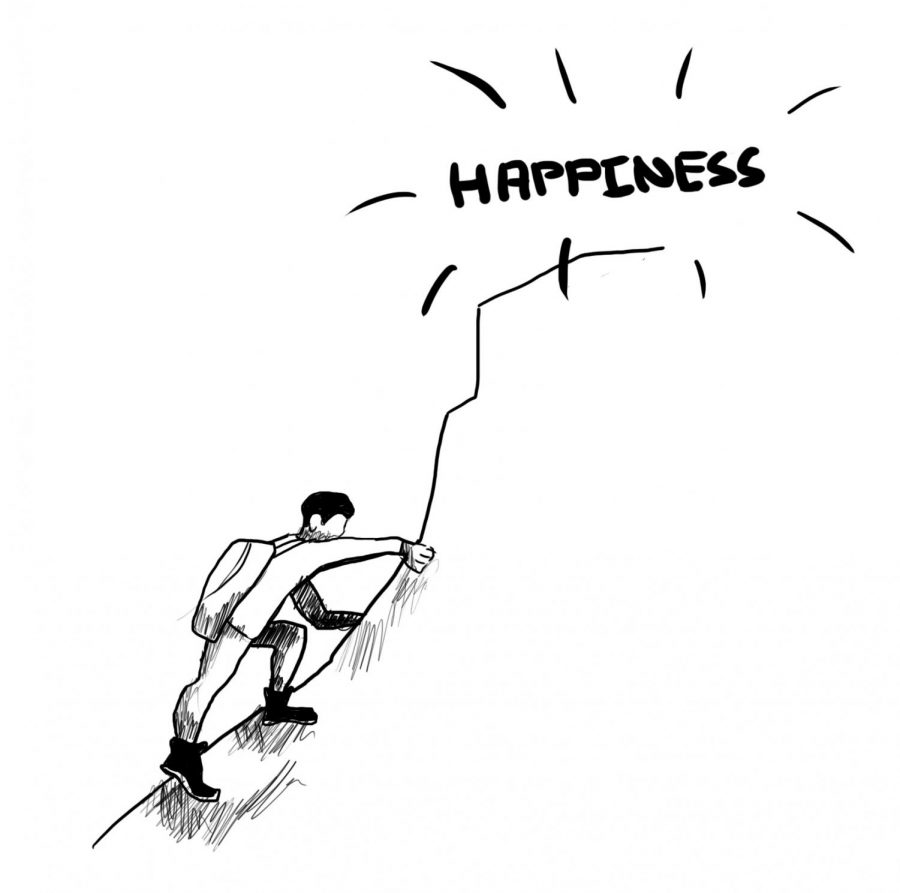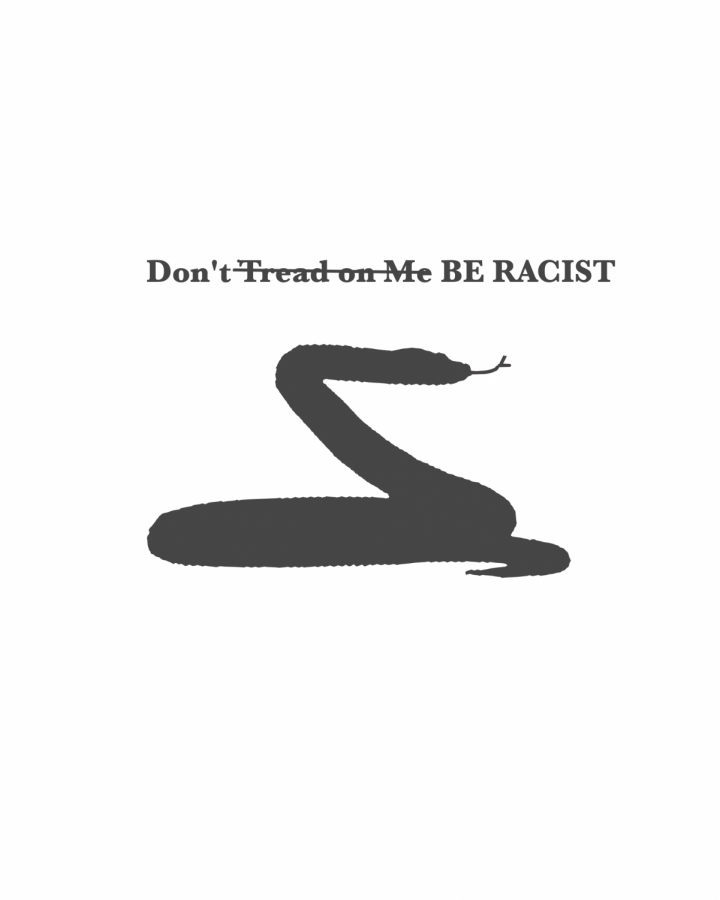Assuming I’ve hooked any of you Pioneer readers into the idea of meditation, I bet some of you are wondering exactly what to do once you finally sit down. The purpose of this column will be to provide a basis for how to meditate. With this basis will come several avenues to explore as your practice unfolds.
First off, it is imperative to understand that meditation is by no means the practice of flushing out your thoughts –– it’s the practice of severing the connection between you and your thoughts and watching as they, be they good or bad, fly by. Second, it should be understood that meditation is not done for the sake of spiritual epiphany. Yes, realizations can happen when you isolate you with yourself, but the benefits of meditation arise subtly as a practice unfolds.
And lastly, as silly as it sounds, the assumption and maintenance of proper position is the key to proper meditation. With good posture and patience, a simple cross-legged position will provide the solid foundation of a successful practice. (I recommend a simple Internet search of meditation position to ensure proper position.)
Once you’ve internalized the above points, you can start to figure out what meditation styles work for you. Among the totality of styles most people in America usually go for Vipassana, which emphasizes mindfulness, but the more abstract Zen, with its one real rule being sitting in the correct position, is popular as well. These are the best for reducing the overall stress of the hustle and bustle urban life. In my practice I’ve studied both styles and found a middle ground that works for me. I recommend you do the same. Nevertheless, I’ve stumbled upon one basic principle that guides my practice: an awareness of senses –– starting with the five senses and expanding from there.
Here’s how it works: Once you’ve assumed the position, begin scanning through each one of your senses. With your eyes closed, begin to feel throughout your body. Maintaining an unwavering awareness of your breath and the sensations of your inhale and exhale, scan your body. Start with your feet and feel your toes. Feel your toenails and the way your socks are pulling on your hairs. Move up your legs to your upper body. Hands are highly sensitive, so examine the way they pick up the temperature of your environment or how each finger interacts with its neighbor.
Move on to the next sense, maybe hearing. It’s best to have all controllable noises off such as your AC unit or your computer modem. Listen to the natural music that plays outside your window –– the wind bursting through branches of trees, or the natural drone of civilization. Purists advise against it, but playing some calm, textured music can be revelational. Listen to the layers: the booming base, the timbre of each instrument and even the subtle effects that populate the soundstage’s background.
After you’ve taken the tour of what your body is capable of sensing, move on to what your mind senses. This is where things get fascinating. Start with time. Feel each second pass by and the duration of each of your breaths. Examine how quickly you can feel each second pass by or conversely, how slowly. Then move on to the sense of consciousness. This one is a bit harder to get a hold of for beginners, but in my opinion, the most rewarding.
Detect your emotions and separate yourself from them; realize that you have control over what you feel. As you speed up and slow down your breath –– your pace of living –– you can feel your brain pulse in unison with your heartbeats. You’ll begin to see light shows and enter realms of mind you didn’t know existed.
I won’t spoil it for you, but once you gain awareness of your consciousness, that’s when you’ll really begin to dig deep within yourself. Other senses will surface as your practice continues but never force them. Explore yourself. As you begin to examine the possibilities of your existence, more senses will arise –– senses that differ between each person. Take note of them and let them reorder your way of living.




